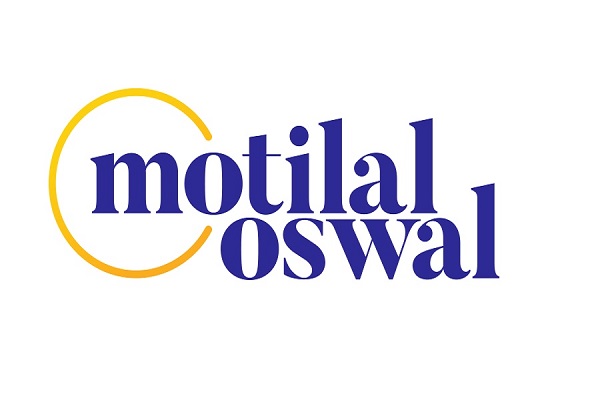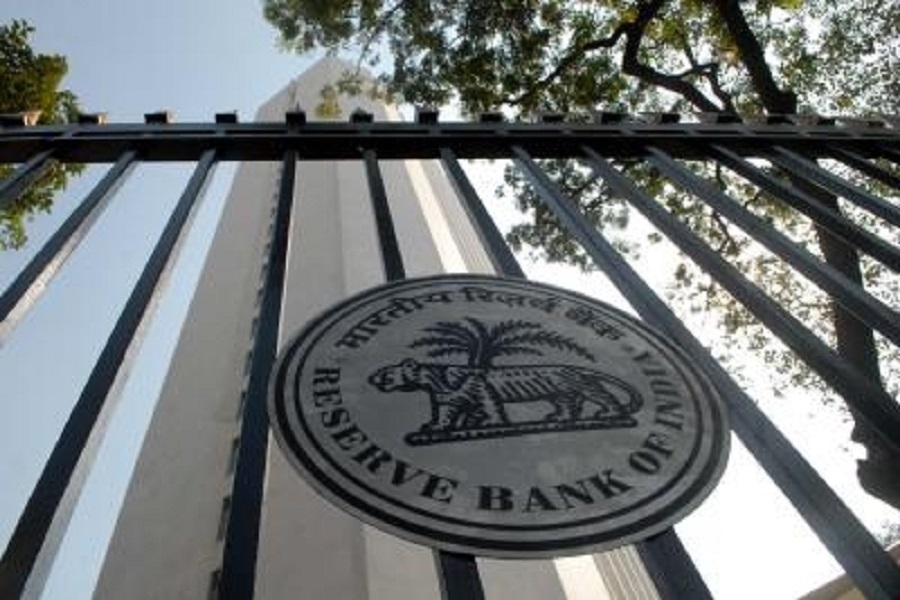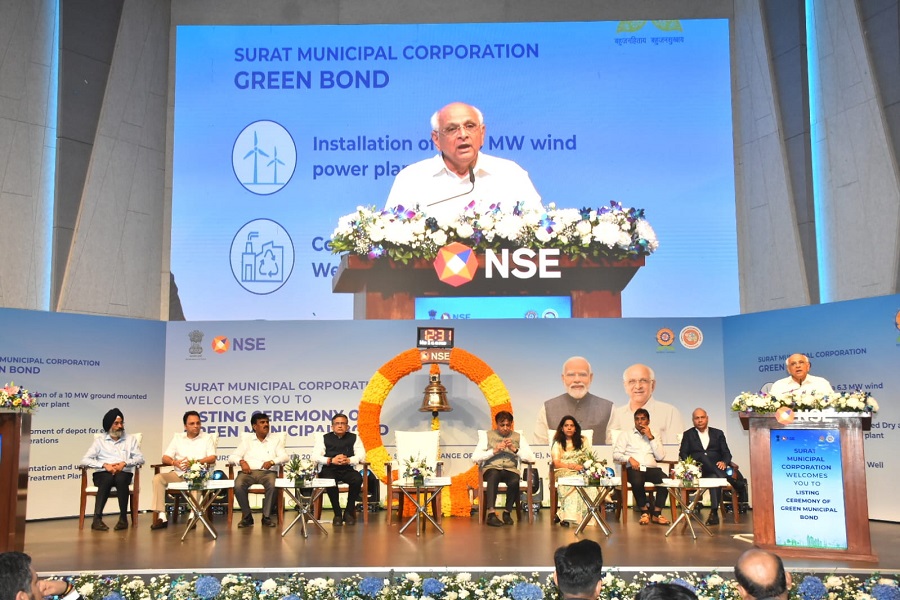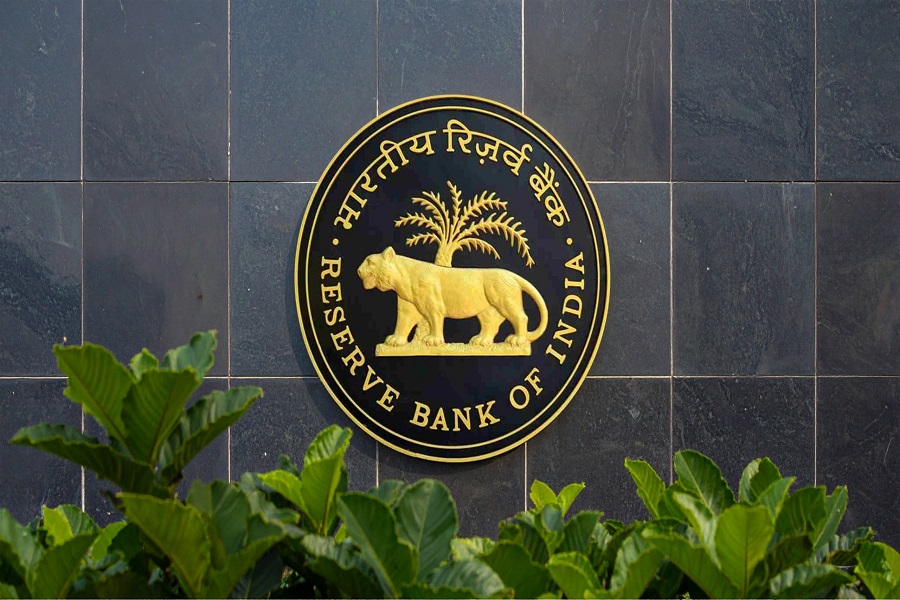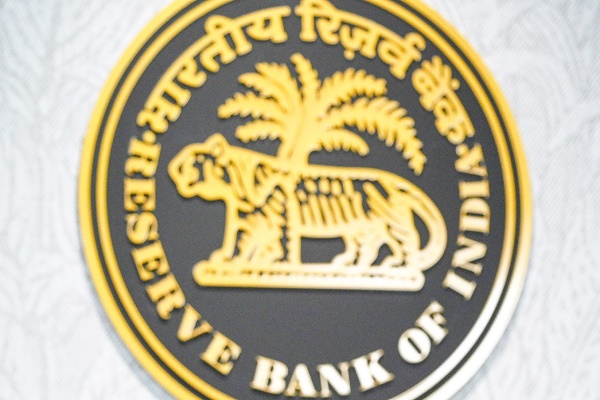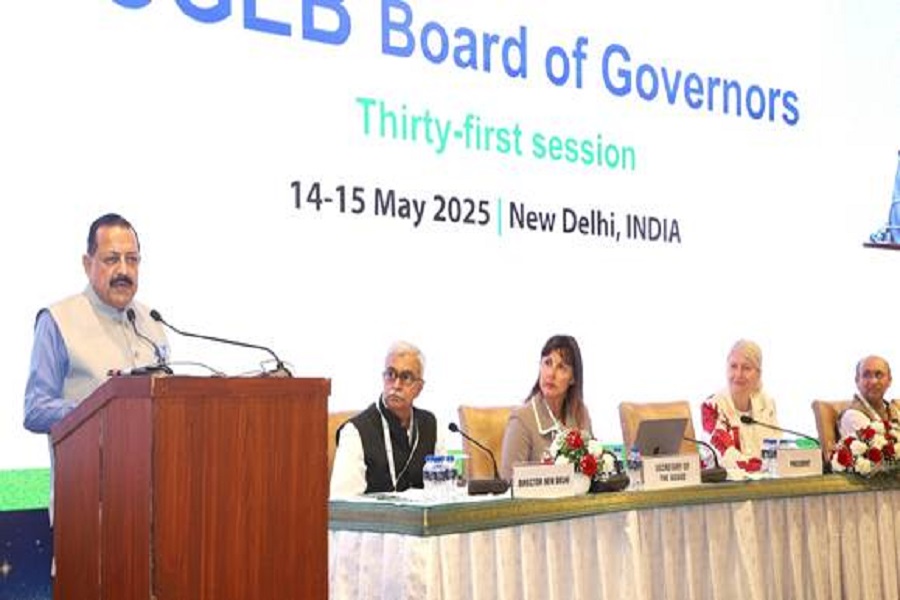India`s GDP growth projected at 6.7 pc in Q1 FY26, urban consumption to rise
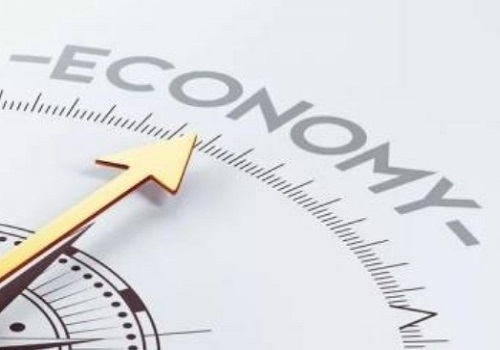
India is expected to clock 6.7 per cent growth in the first quarter of the current fiscal (FY26), outpacing the RBI Monetary Policy Committee's (MPC's) recent forecast of 6.5 per cent, credit rating agency ICRA said on Tuesday.
The rating agency report projects the growth in the gross value added (GVA) to stand at 6.4 per cent in Q1 FY2026.
Improved transmission of monetary easing and the recent announcement of forthcoming GST rationalisation may help to shore up urban consumption sentiments ahead of the festive season, the report said.
"ICRA estimates a double-digit growth in net indirect taxes (in nominal terms), aided by the sharp uptick in the government of India's indirect taxes (+11.3 per cent in Q1 FY26 from -3.1 per cent in Q4 FY2025), despite the narrower contraction in its subsidy outgo," said Aditi Nayar, Chief Economist, Head-Research and Outreach, ICRA.
"Benefitting from robust government capital as well as revenue spending, upfronted exports to some geographies and nascent signals of improved consumption, the pace of expansion in economic activity in Q1 FY2026 is estimated at 6.7 per cent," Aditi Nayar said.
The rating agency estimates the YoY growth in the services GVA to increase to an eight-quarter high of 8.3 per cent in Q1 FY26, from 7.3 per cent in Q4 FY25, supporting the overall GVA expansion in that quarter.
In particular, the combined non-interest revenue expenditure of 24 state governments reported a double-digit YoY growth of 10.7 per cent in Q1 FY26, up from 7.2 per cent in Q4 FY25.
Likewise, the Central government's non-interest revenue expenditure saw a turnaround, recording a YoY growth of 6.9 per cent against a contraction of 6.1 per cent in the previous quarter, said the report.
Rural sentiments, as reflected in the Current Situation Index (CSI) improved further in the July 2025 (100.6) round of the RBI's Rural Consumer Confidence Survey, reflecting favourable trends in farm output in the last two cropping seasons, and the upbeat outlook for the ongoing kharif season, and a considerable cooling in the rural CPI inflation.
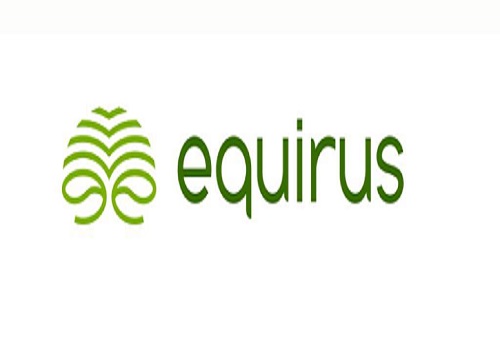

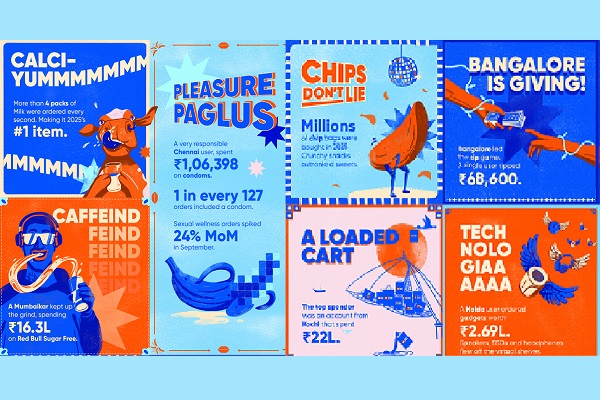

.jpg)


